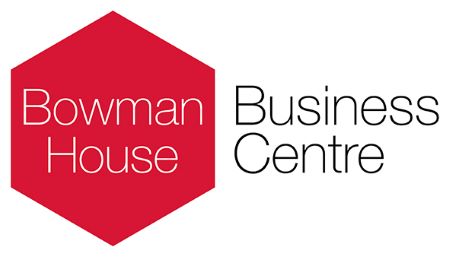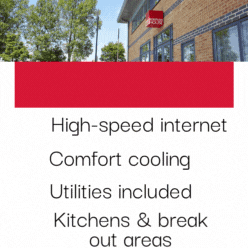In case you missed it see what’s in this section
Let's Talk
Top 4 Features Your Medical Practice's Software Should Have
Every medical practice needs a suitable selection of software at its disposal so that patients can be served effectively, and practitioners can do their jobs without being bogged down by administrative tasks.
With a whole ocean of options out there, you have to know what features and functions are an indicator of quality and effectiveness in any platform you are considering. So without further ado, here are just a few points to inform your decisions.
Intuitive User Interfaces for Streamlined Operations
A user-friendly interface significantly improves efficiency in medical practices - and since doctors spend an average of just 17.4 minutes with each patient they see, there’s a real need for this in any software they rely on day to day.
For instance, when choosing an EHR solution, consider the following features from a UI perspective:
- Simple Navigation: Easy access to patient records and functionalities.
- Responsive Design: Seamless compatibility across various devices.
- Training and Support: The availability of comprehensive training modules and customer support.
- Customization Options: The inclusion of personalized workflows tailored to specific needs, rather than a one-size-fits-all approach.
These aspects ensure that healthcare providers can focus more on patient care rather than struggling with software complexities.
Cutting-Edge Security Measures to Protect Patient Data
Durable data security measures are essential to safeguard sensitive patient information, and since 33% of people were impacted by healthcare breaches last year, it’s a case of winning back trust as much as anything else.
Medical software should incorporate the following:
- End-to-End Encryption: This ensures that all data transferred between users remains confidential and secure.
- Multi-Factor Authentication (MFA): This adds an extra layer of protection against unauthorized access.
- Regular Security Audits: This identifies vulnerabilities through consistent and thorough checks.
- HIPAA Compliance: The software must adhere strictly to regulations designed for healthcare data privacy. Penalties in excess of $142 million have been issued for non-compliance, so this is not a risk any healthcare provider can afford to take.
In short, implementing these features helps prevent data breaches and ensures compliance with regulatory standards, while also showing patients you aren’t sleeping on security concerns that are circulating right now.
Customizable Analytical Tools for In-Depth Insights
Having analytical tools that can be tailored to specific needs empowers medical practices to make data-driven decisions.
Look for software that offers:
- Custom Reports: You can generate reports based on unique metrics relevant to the practice.
- Dashboards: It’s a breeze to visualize key performance indicators through intuitive and interactive displays.
- Data Integration: It takes no time to seamlessly combine data from multiple sources for comprehensive analysis.
- Predictive Analytics: It serves up endless opportunities to forecast trends and outcomes using advanced algorithms.
These features enable healthcare providers to gain deeper insights, enhance patient care, and optimize operational efficiency.
Real-Time Telemedicine Capabilities
Telemedicine has become a vital component of modern healthcare, enabling real-time virtual consultations and care. Indeed it was the 2020 pandemic, which saw a 776% spike in telemedicine use, that made this a must-have.
Ensure your software includes:
- Video Conferencing: You’ll be able to offer secure and high-quality video interactions between patients and providers.
- Instant Messaging: This allows quick communication for follow-ups or urgent queries.
- Appointment Scheduling Integration: You can sync telehealth appointments seamlessly with in-person schedules.
- Electronic Prescriptions: Being able to send prescriptions directly to pharmacies during virtual visits is a major selling point.
These capabilities enhance patient access to care, reduce no-show rates (which cost healthcare providers $150 billion annually), and streamline the overall consultation process.
Final Thoughts
So in short you’re looking for software for your medical practice that’s user-friendly, secure, adaptable to your analytical needs, and able to support patients with care features regardless of where they’re based. It sounds like a lot to ask, but there are tons of tools out there that fit the bill, so spread your net wide and you’ll catch what you need.
Weather in Swindon
Listings





















